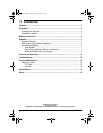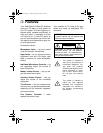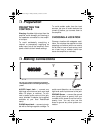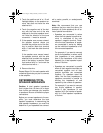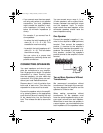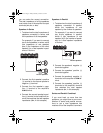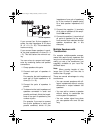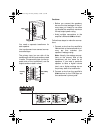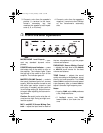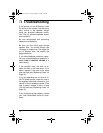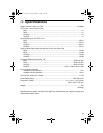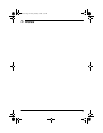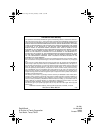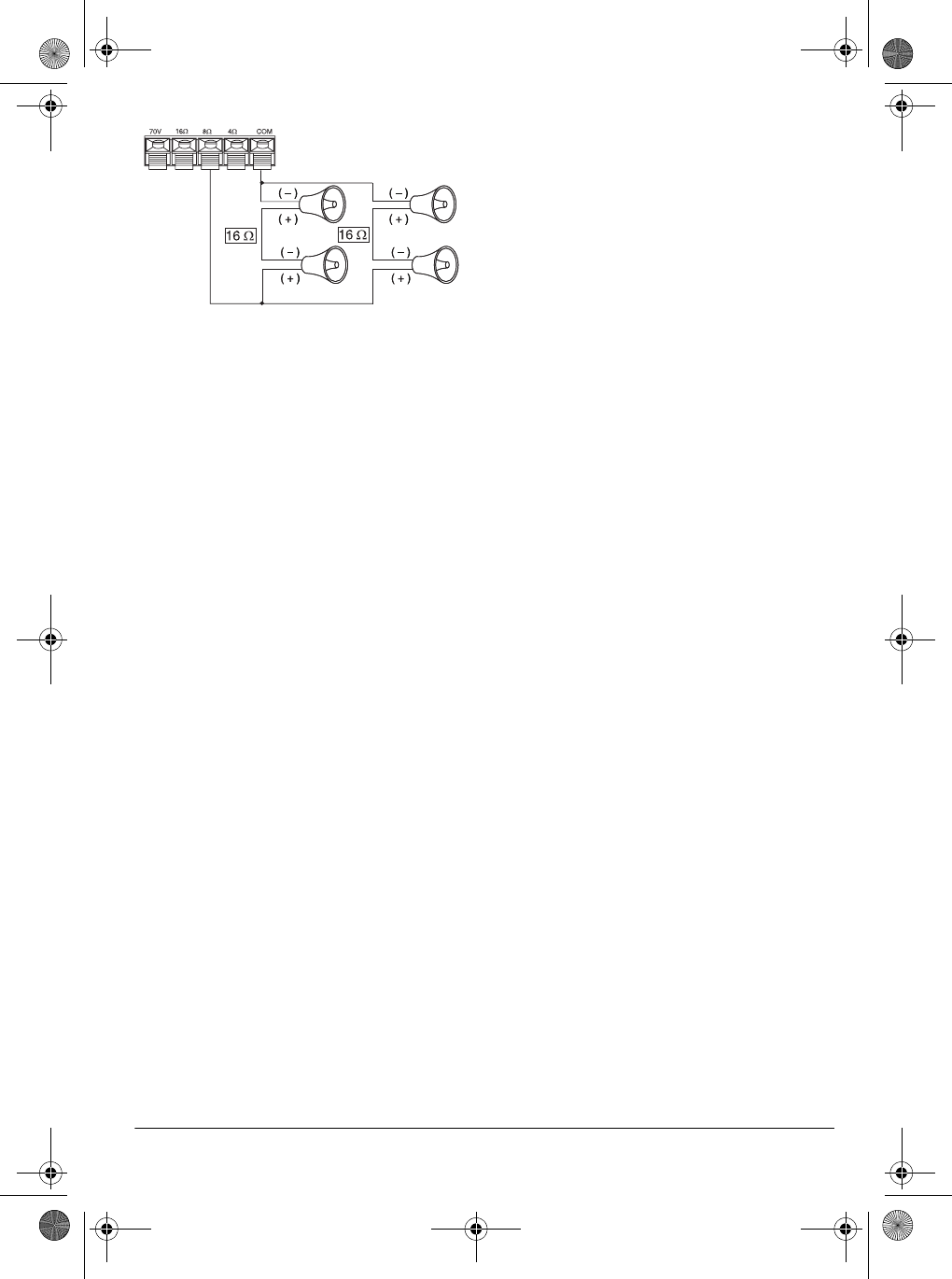
9
If you connect four 8-ohm speakers in
series, the total impedance is 32 ohms
(8 + 8 + 8 + 8 = 32). This exceeds the
maximum rating.
If you connect these speakers in paral-
lel, the total impedance is 2 ohms (8
÷
4
= 2). This falls below the minimum rat-
ing.
You can arrive at a proper total imped-
ance by combining series and parallel
connections.
1. Group speakers into pairs.
2. Connect each pair of speakers in
series.
For example, the total impedance of
each pair of 8-ohm speakers is 16
ohms (8 + 8 = 16).
3. Connect the pairs of speakers in
parallel.
4. To determine the total impedance of
speakers connected in serial and
parallel combined, divide the imped-
ance of one pair of speakers by the
number of pairs.
For example, if you want to connect
four 8-ohm speakers in serial and
parallel combined, divide 16 (the
impedance of one pair of speakers)
by 2 (the number of speaker pairs)
for a total speaker impedance of 8
ohms.
5. Connect the negative (–) terminals
of all pairs of speakers to the ampli-
fier’s
COM
terminal.
6. Connect the positive (+) terminals of
all pairs of speakers to the ampli-
fier’s terminal that matches the total
speaker impedance (
8
Ω
, in this
example).
Multiple Speakers with
Transformers
For complex multiple-speaker arrange-
ments that require many speakers and
long runs of connecting wire, we recom-
mend you use a line transformer (not
supplied), available at your local Ra-
dioShack store.
Note:
When running lengths of wire
longer than 50 feet, use wire that is
heavier than 16 gauge.
There are several advantages to using
transformers.
• You can connect speakers with dif-
ferent impedances without causing
differences in output between the
speakers.
• You can add or remove a speaker
without having to recalculate the
entire system’s impedance.
• You can reduce signal loss when
you use speaker wire over 50 feet
long.
Four 8
Ω
Speakers
32-2001.fm Page 9 Friday, February 4, 2000 7:53 AM




